I’m certain that by now everyone reading this post has seen those first four images taken by the James Webb Space Telescope (JWST) that were released by NASA on July 12th. The pictures are certainly beautiful, easily evoking the awe and sense of mystery that the Universe deserves, and it’s been reported that when NASA’s Chief Astronomer first saw them he was almost brought to tears. The question is, are they really that much better than the images provided by the Space Telescope (HST) and what new wonders of the Universe will JWST reveal that HST simply couldn’t.
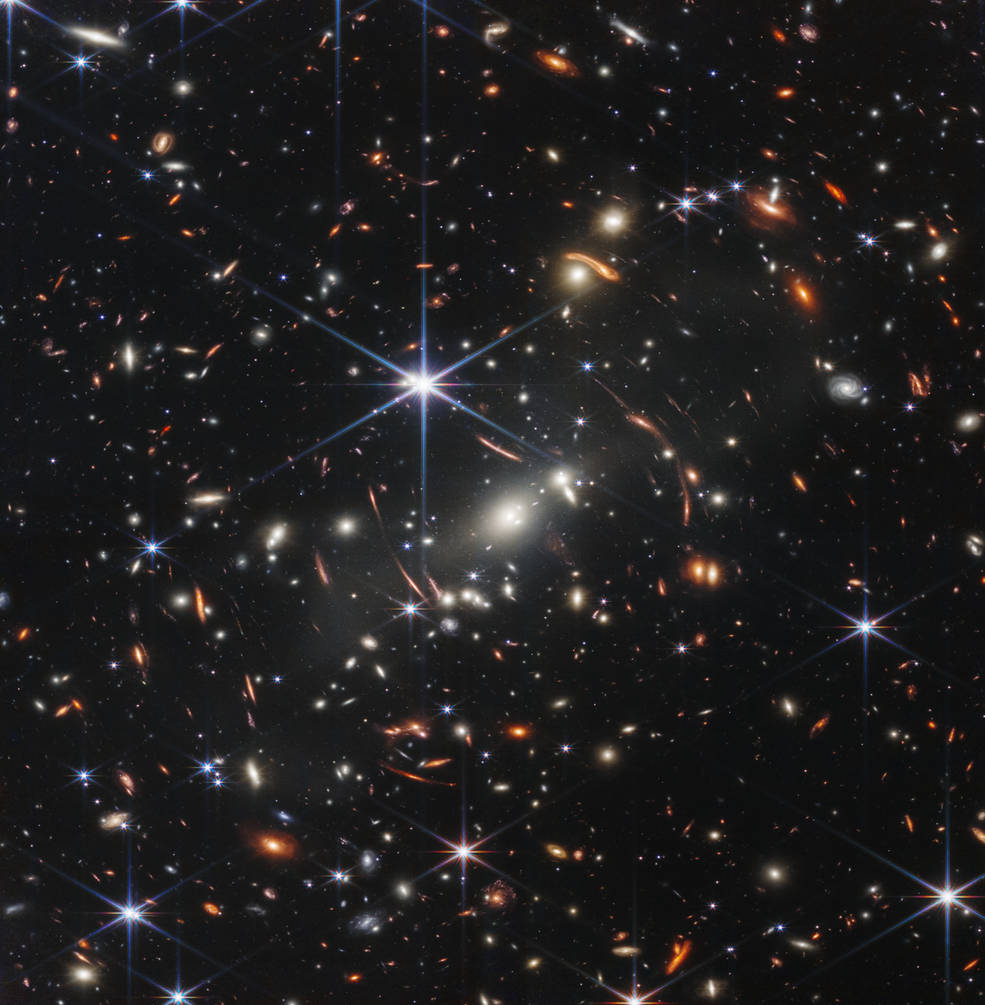
Let’s just start by comparing the size of the two telescopes and for any telescope the size that matters most is the area of the primary objective, the big lens or mirror that gathers in light for the telescope. The more light it gathers the dimmer the objects that any telescope can see. For the HST the main mirror was a nice circle with a diameter of 2.4 meters giving it a collecting area of about 4.5 m2.

Calculating the area of JWST’s objective is a bit more challenging because JWST actually has 18 hexagonal mirrors each of which can have its orientation adjusted in order to maximize the light gathered by them all. The total collection area for JWST works out to around 28.1 m2, so JWST can therefore collect about 6.25 times as much light as HST. That increase in light gathering alone will allow JWST to see things in the Universe that HST simply couldn’t.

JWST is about more than just size however for the telescope has been designed to look at the Universe not in visible light but rather in the infrared portion of the electromagnetic spectrum. And in order to see in the infrared JWST had to be placed, not in an orbit around the Earth but at a position 1.5 million kilometers away from our planet called the Lagrange 2 or L2 point where the gravity fields of Earth and the Sun perform a balancing act that will keep JWST at the same place relative to the Earth. At that distance the infrared light emitted by the Earth is more manageable.

To really protect itself from infrared light from both the Earth and Sun however JWST has been provided with a sunshield the size of a tennis court. Thanks to its sunshield the telescope and instruments of JWST will be kept at a temperature lower than -223.2 degrees Celsius. That low temperature will allow JWST to see well into the infrared, again seeing objects that HST never could.

That’s important because astronomers are currently interested in four areas of astronomy that can only be studied in the infrared. One of these areas is the atmospheric composition of all of the extra-solar planets that have been discovered over the last 20 years. The chemical elements present in a planet’s atmosphere can tell us a lot about its suitability for life. The old Star Trek line about an ‘Oxygen, Nitrogen atmosphere’ is really true, such planets are more hospitable for life and NASA is very excited about the possibility of finding such a planet. Since a planet is much cooler than its sun the spectral lines of the chemicals in its atmosphere can only be studied in the infrared. In fact JWST has already begun this effort by making its first images of the TRAPPIST-1 system.
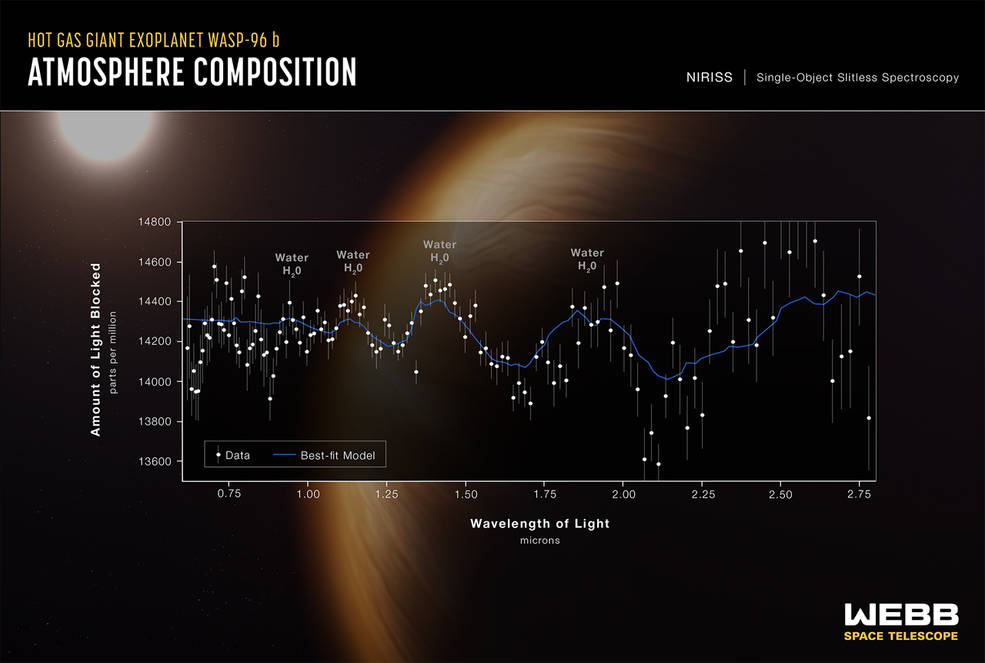
Another area where the infrared has become important is in the stellar nurseries where stars are born. You remember the famous HST image of ‘the fingers of creation’ showing a huge gas cloud with several big and bright baby stars that have just begun to shine. The problem with the HST images is that the gas clouds forming the stars are opaque in visible light and end up obscuring the actual birth of the stars. That interstellar gas is transparent in the infrared however so the JWST will be able to see right through them to get a much closer look at the very earliest stages of a star’s life.
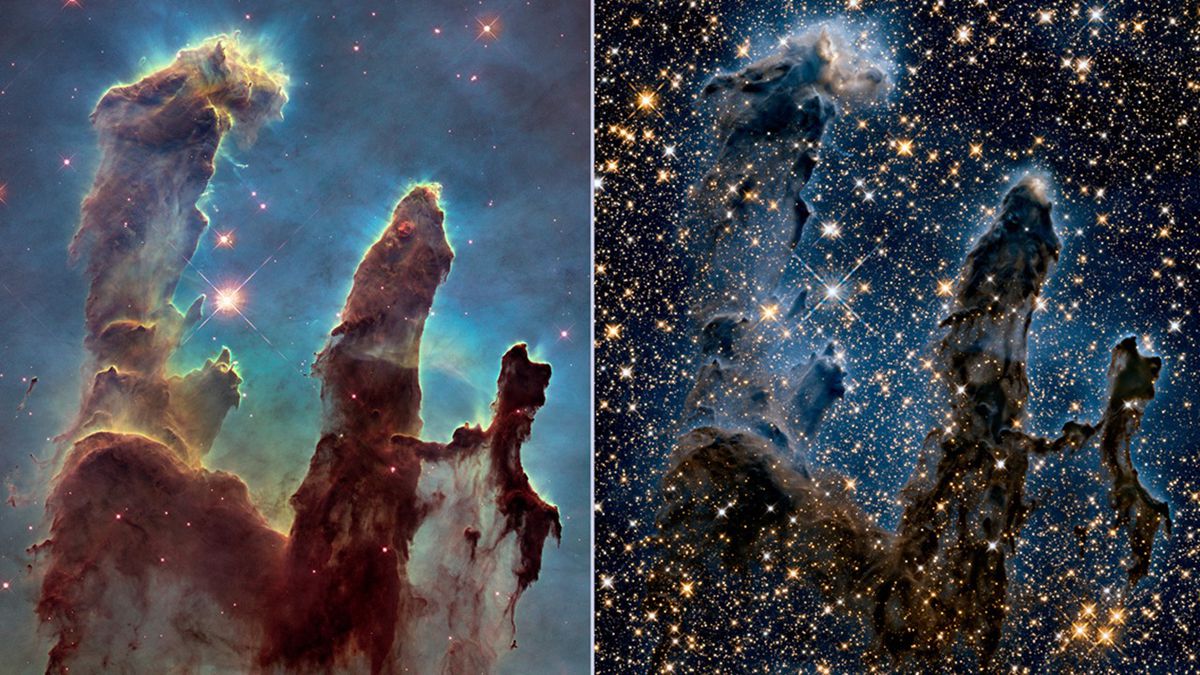
Perhaps the most important reason for the JWST being designed to operate in the infrared is because of the expansion of the Universe and how it causes the light from the furthest galaxies and stars to be red shifted. This phenomenon is known as the Doppler shift and it’s the same thing that causes a police siren to have a higher pitch when it’s coming towards you and a lower pitch as it’s moving away.

Since the entire Universe is expanding, the galaxies are moving away from each other, so the Doppler effect causes the light from distant galaxies to become red shifted. Since the farthest galaxies are also the oldest, because it take so long for their light to reach us at the speed of light, the light from the first galaxies to form is actually shifted all the way into the infrared.
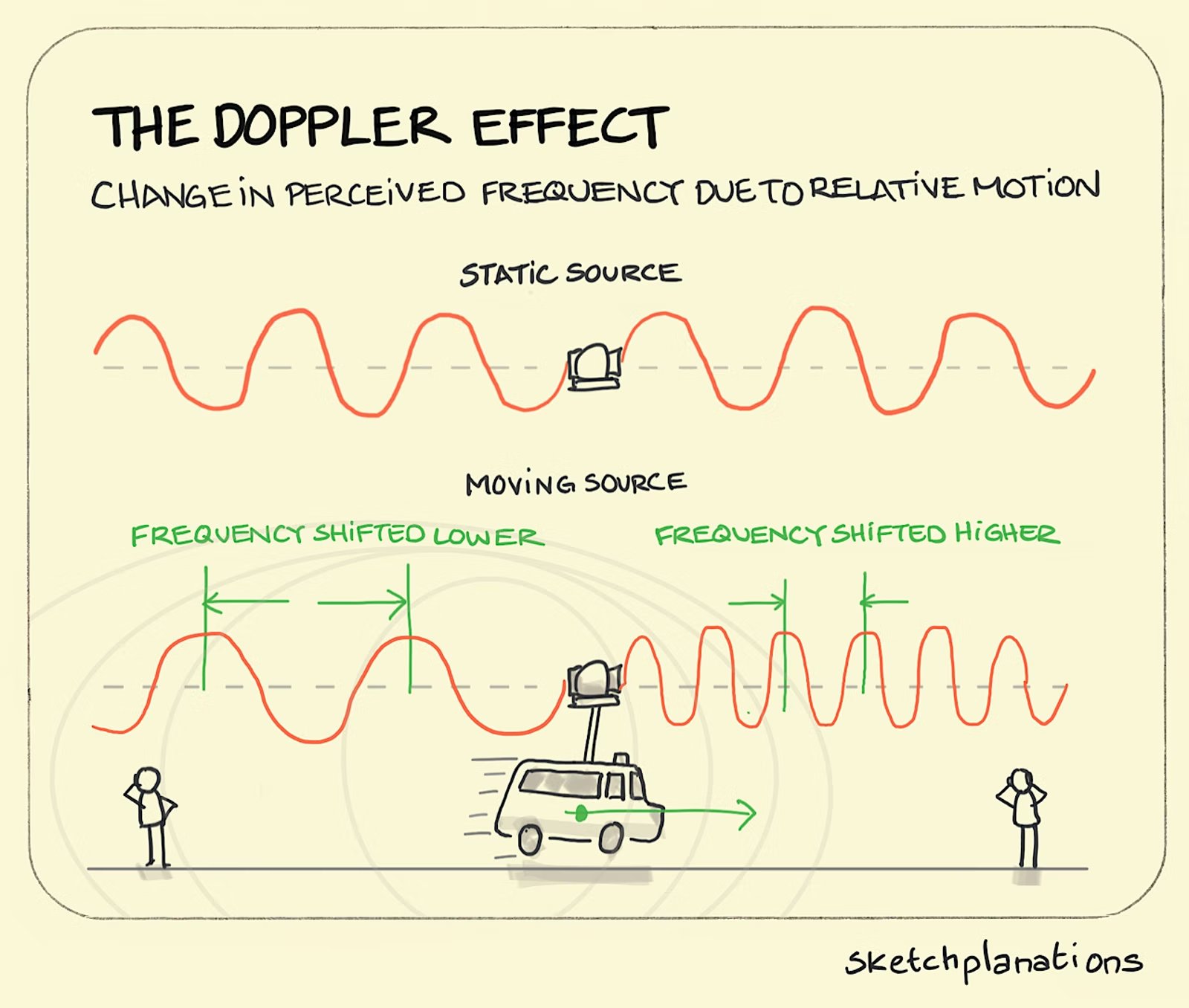
That limitation meant that HST could only see galaxies as far back as one billion years after the Big Bang, but it is expected that JWST will be able to see back to 300 million years after the Big Bang, a time when most theorists think the first stars were forming. In that way JWST will help resolve some of the question we have about how the Universe went from the enormously hot fireball of the Big Bang to the galaxies and clusters of galaxies we see today.

Finally, in just the last few years astronomers have discovered the first few Brown Dwarf stars, objects that do not have enough mass to ignite hydrogen fusion like a true star but that are much larger than any planet, see my post of 22 September 2021. As Brown Dwarfs continue to contract however they do get warm, and the energy released by that contraction is emitted as infrared light, just perfect for the JWST to observe. At present only a very few Brown Dwarfs are known but it is hoped that JWST will find more, enough for us to learn more about their nature and enough for us to estimate how many there are out there wandering between the real stars.
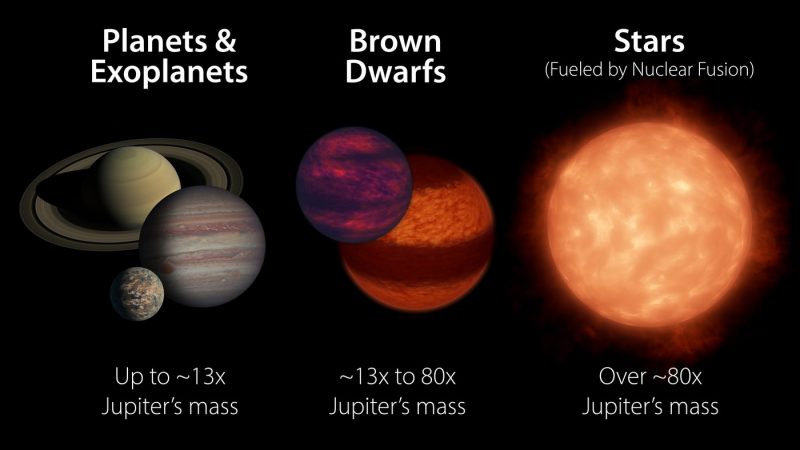
That’s just a brief overview of what astronomers hope to learn by using the JWST. Who knows however, perhaps ten, fifteen years from now the thing that JWST is best known for may be something that we can’t even imagine now.
One can only hope!
